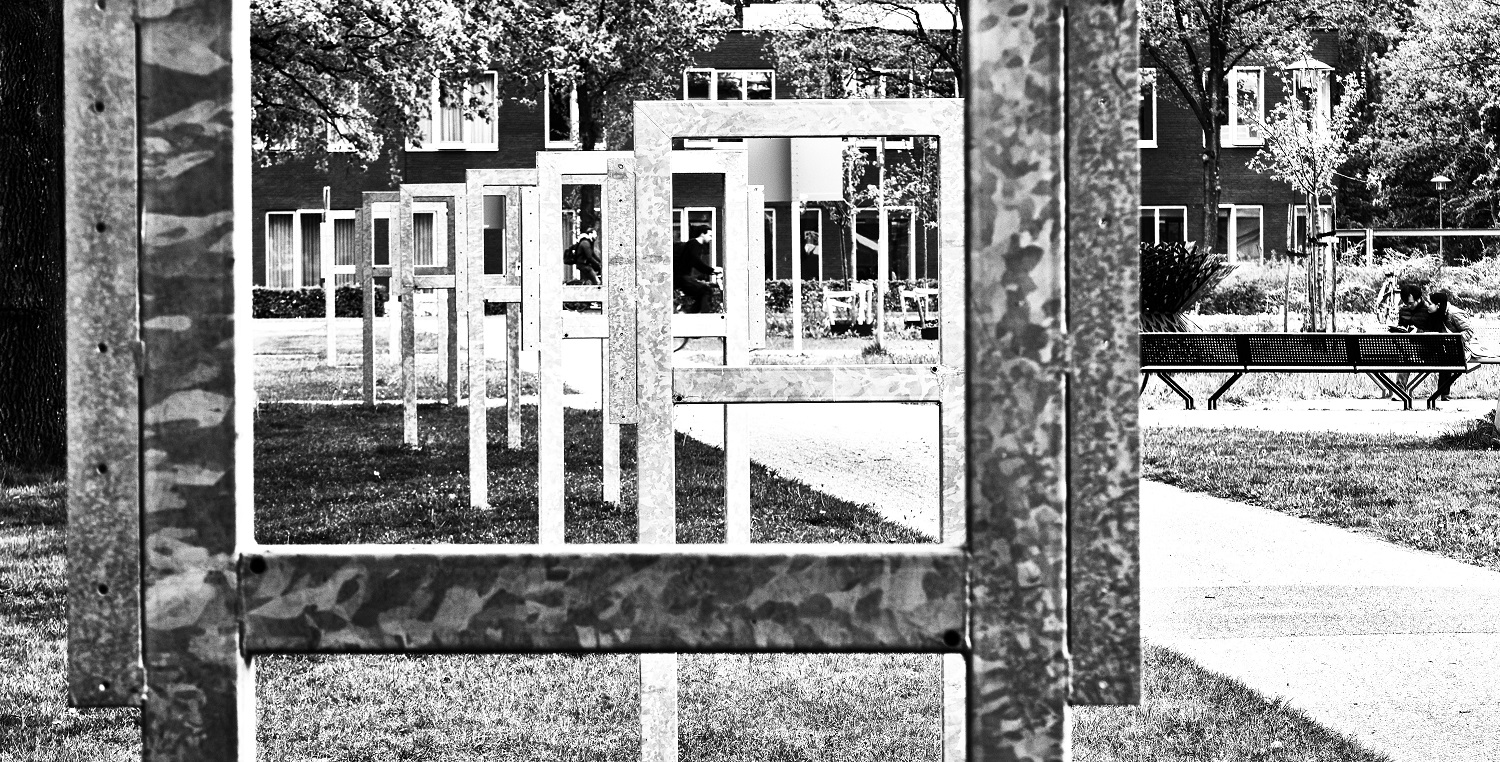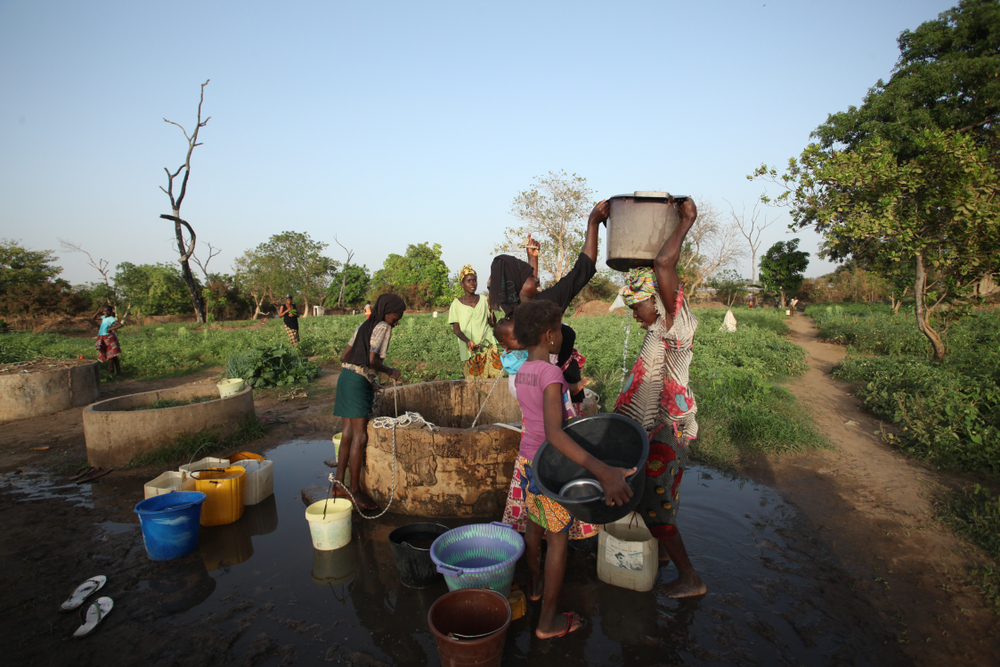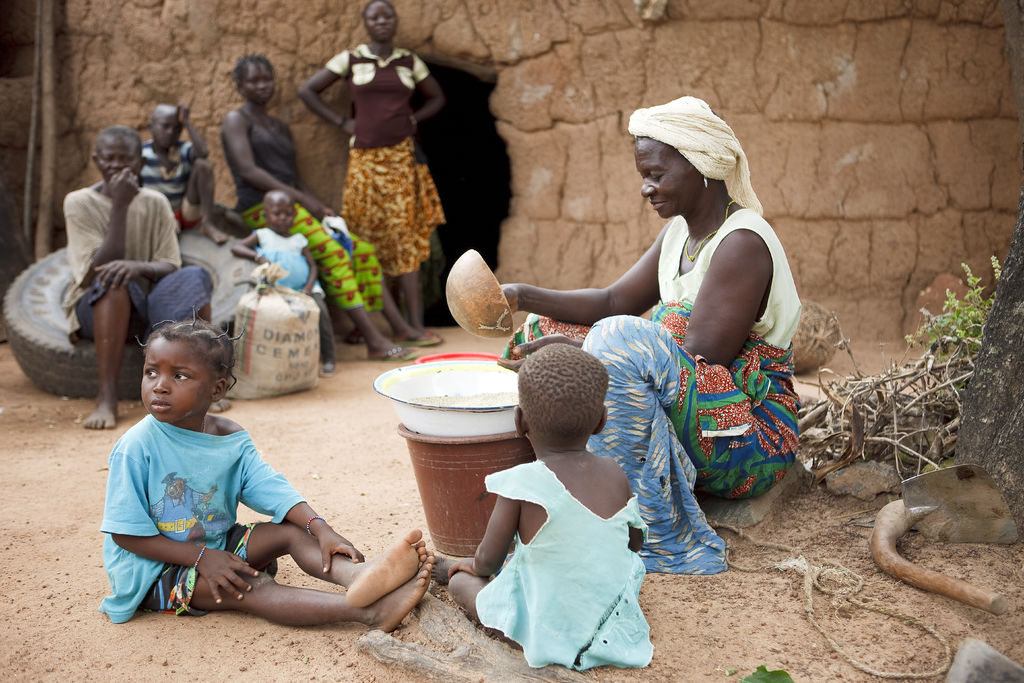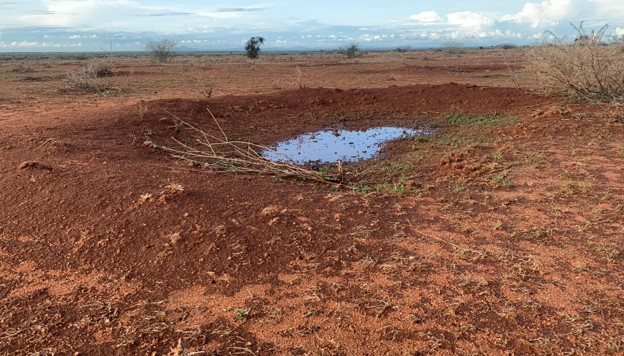Photographer and alumnus Jurrian Veldhuizen was actually done. The lengthy discussion about the removal of his controversial photos from the Impulse outdoor exhibition has caused quite a stir.
Nonetheless, in an opinion piece, he looks back upon the issue, criticising WUR’s decision not to restore the exhibition, even after changes were made. In doing so, according to Veldhuizen WUR has chosen the path of least resistance. A mistake, he feels, and unworthy of an academic institute.
Below is his open letter to the editor.
I have given a good amount of thought to whether I should tell my side of the story. Not because it is not justified, but because of the intensity and ferocity of the debate. Still, I have decided to put it in writing because I feel that it is important that everyone should be heard..
That was, indeed, how the process started. Six months ago, my first exhibition was put up on the university campus. I was so proud. The exhibition was a co-creation between the waste pickers and me. It felt like an honor to be able to give these strong and beautiful people the platform they deserve.
In addition to the many positive reactions, there were also some expressions of dissatisfaction. Expressions that were more than welcome. Questions such as whether this was the right place for such an exhibition ? Whether I was making a profit at the expense of the waste pickers? Was this an accurate representation of Africa? Justified questions that stemmed from justified concerns. Therefore I entered into dialogue with this group, jointly with the university, in an effort to at least reduce the sensitivities.
At the same time, the university decided to remove the exhibition. A decision I disagreed with, as friction should be permitted. Positive reactions, negative reactions, reactions of pain and grief, I felt that these emotions were allowed to be there. The university did not.
It soon turned out that the discussions diverged from the exhibition toward deeper existential feelings of pain. A pain I am unfamiliar with, as I am not a person of color. Where possible, I tried to empathize and connect. I am grateful for this experience. Sadly, it also came at a cost. The debate, and particularly the atmosphere, was extremely aggressive and personal. False accusations based on lies about the exhibition, actions that came close to stalking. At a certain point, it almost felt threatening.
Two months later, a renewed exhibition, with alterations made, was ready. The exhibition was the result of various dialogue sessions. The sessions were not always easy for either party. A part of the group still insisted on the exhibition being cancelled.
Accordingly the university decided that the exhibition would not be restored. A dialogue with the exhibition as a source of inspiration has been planned, but the exhibition itself has not. Thus, the exhibition is cancelled. And so are the beautiful people in the photographs, who are seen as a ‘negative’ and ‘ugly’ representation of Africa. This hurts. I don’t quite know how to explain this to Sherriff, Baba, Kenneth, and Mohammed, he individuals in the photographs with whom I lived and worked for several months.
Furthermore, the fact that an academic and critical institute such as WUR bows to unilateral and aggressive communication is a questionable development. WUR told me the reason is that they no longer want to fight. I think that says it all. I therefore wonder what WUR sees in the future with this decision. Fortunately, this is no longer a concern of mine.
The university’s decision to cancel the exhibition and, in doing so, those depicted in it does not mean I agree. The renewed exhibition, created in collaboration with the waste pickers in Ghana and with the help of several Wageningen students, is available online on my website www.jurrianveldhuizen.com.
I would like to conclude with a message: feelings of friction, pain and absurdity are always allowed. But let them be the beginning of a dialogue rather than the end.

 Foto Guy Ackermans
Foto Guy Ackermans 

